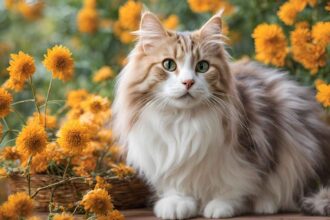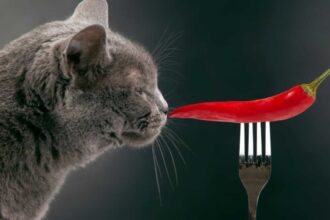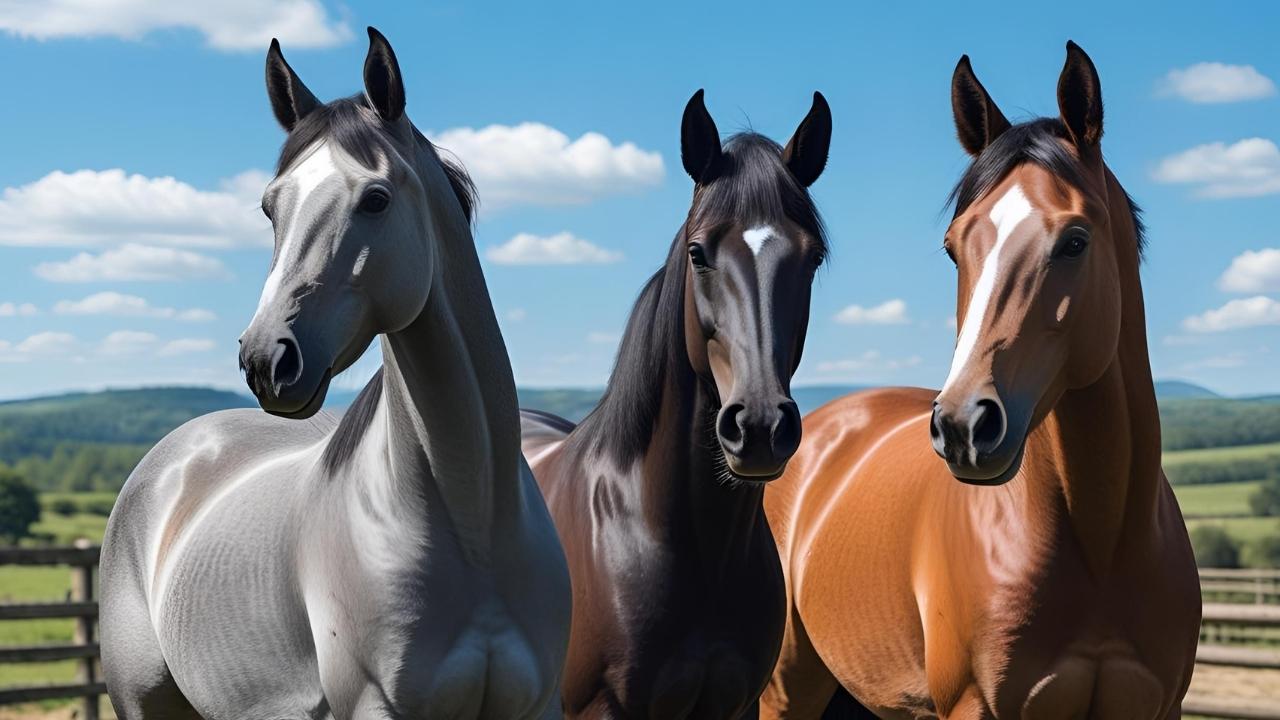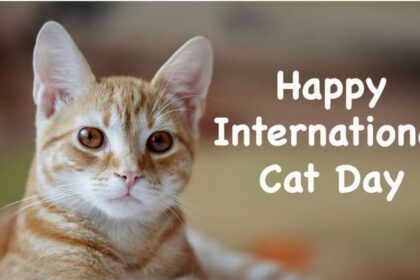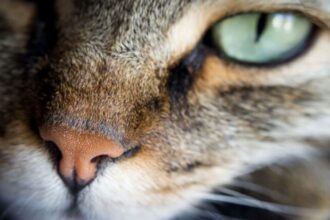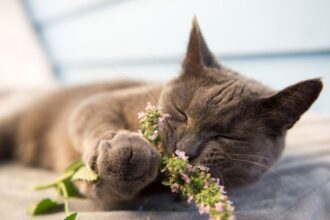“A horse is poetry in motion, and its color is the first verse.”
— Anonymous
What Are Stunning Shades?The Science Behind Horse Coat ColorsChestnut: A Classic Among Equine ShadesVariants:Black: Bold and BeautifulIdentifiers:Bay: The Gentleman of Equine ShadesCommon Bay Types:Palomino: The Golden DreamTraits:Gray: The Color That ChangesPhases:Buckskin: Earthy and ElegantCharacteristics:Dun: The Wild Ancestral ShadeSignature Features:Roan: Painted in PastelsTypes:Rarer Equine Shades That Amaze✨ Champagne✨ Silver Dapple✨ Perlino and CremelloEquine Patterns That Add PersonalityCapturing Equine Shades: Photography TipsEquine Shades Around the WorldFamous Horses & Their Signature CoatsWhy Knowing Equine Shades MattersA Colorful Tribute to Horsekind🐴 Frequently Asked Questions
When you think of horses, what colour gallops into your imagination? A majestic black stallion? A golden palomino? Or perhaps something rarer, like a shimmering silver dapple?
The world of Stunning Shades is far more colorful and scientifically fascinating than most realize. This isn’t just about aesthetics—horse coat color reveals ancestry, genetics, and sometimes even temperament.
In this article, we’re not just naming colors. We’re exploring stories, genes, history, and the breathtaking diversity found in horse coats.
Let’s saddle up.
What Are Stunning Shades?
Stunning Shades refers to the range of natural coat colors and patterns seen in horses. These colors are primarily determined by two pigments:
-
Eumelanin (black pigment)
-
Pheomelanin (red/yellow pigment)
From these building blocks, nature (with a nudge from genetics) crafts a gallery of hues, each with its own charm and legacy.
The Science Behind Horse Coat Colors
Horse color is more than skin deep—it’s rooted in genetics.
There are base coat colors (black, bay, and chestnut) and modifier genes that dilute or change these colors into dozens of equine shades.
Let’s break down the basics:
| Base Color | Genes Involved | Modifiers That Change It |
|---|---|---|
| Black | Extension (E), Agouti | Dun, Cream, Silver |
| Bay | Black + Agouti (A) | Sooty, Pangaré, Mealy |
| Chestnut | Recessive extension (e) | Flaxen, Liver, Sorrel, Palomino (with Cream) |
With just a few genes, horses become nature’s moving artwork.
Chestnut: A Classic Among Equine Shades
One of the most common coat colors, chestnut horses range from light copper to deep reddish-brown. Their manes and tails usually match or are slightly lighter.
Variants:
-
Liver Chestnut: Deep chocolate brown
-
Flaxen Chestnut: Light mane and tail
-
Sorrel: Bright reddish-gold (commonly used in Western riding terms)
Black: Bold and Beautiful
True black horses are relatively rare. They must have no brown hairs and retain their color year-round (unlike sun-faded black).
Identifiers:
-
Uniform black coat
-
Black mane and tail
-
Often mistaken for dark bay (check for reddish highlights)
Black horses are often associated with mystery, power, and strength.
Bay: The Gentleman of Equine Shades
Bay horses have a reddish-brown body with black mane, tail, and lower legs.
Common Bay Types:
-
Dark Bay/Mahogany Bay: Nearly black body
-
Blood Bay: Vibrant red tone
-
Light Bay: Pale, caramel-like coloring
Bay is one of the most genetically dominant and widespread equine shades.
Palomino: The Golden Dream
This eye-catching shade results from a single cream gene diluting chestnut.
Traits:
-
Golden or cream body
-
White or flaxen mane and tail
-
Often shimmery under sunlight
Palominos are often romanticized in Western films and parades.
Gray: The Color That Changes
Grays are born another color and slowly turn white over time.
Phases:
-
Steel Gray: Dark with white hairs
-
Dapple Gray: Circular patterns during transition
-
Flea-bitten Gray: White with specks of color
Many famous horses—including race legends—were grays.
Buckskin: Earthy and Elegant
Buckskin horses carry one cream gene on a bay base.
Characteristics:
-
Tan or gold body
-
Black mane, tail, and legs
-
Sometimes confused with dun, but lacks dorsal stripe
Buckskins are strong, agile, and popular in rodeo sports.
Dun: The Wild Ancestral Shade
Dun horses showcase primitive markings, linking them to ancient equine ancestors.
Signature Features:
-
Dorsal stripe
-
Leg barring (“zebra stripes”)
-
Shoulder stripes
Dun can appear over bay, black, or chestnut—creating red duns, grullas, and more.
Roan: Painted in Pastels
Roan horses have white hairs intermingled with a base color—but unlike gray, they don’t fade with age.
Types:
-
Blue Roan: Black + white hairs
-
Strawberry Roan: Chestnut + white
-
Bay Roan: Bay + white mix
They retain their unique look year-round and are often mistaken for other shades.
Rarer Equine Shades That Amaze
Some coat colors are so rare, they stop people in their tracks.
✨ Champagne
-
Champagne gene adds metallic sheen
-
Pink skin and hazel or blue eyes
-
Examples: Gold Champagne, Amber Champagne
✨ Silver Dapple
-
Dilutes black to chocolate with silvery mane
-
Looks magical—popular in pony breeds
✨ Perlino and Cremello
-
Double cream dilution on bay and chestnut
-
Cream or off-white coat with icy blue eyes
These shades are prized in breeding circles for their rarity and striking beauty.
Equine Patterns That Add Personality
Color is just the beginning. Patterns add personality and panache to equine coats.
| Pattern Type | Description |
|---|---|
| Pinto | White patches on any base color |
| Appaloosa | Spots, blankets, or snowflakes over body |
| Tobiano | Smooth, rounded white markings over back |
| Overo | Irregular, jagged white patches |
| Sabino | High white legs, belly patches, often roaned |
Each shade can hold clues about a horse’s:
-
Breed lineage
-
Geographic origin
-
Genetic makeup
-
Suitability for disciplines (some prefer light-colored horses for hot climates)
Understanding these colors can help owners and breeders make informed decisions.
Capturing Equine Shades: Photography Tips
Want to photograph these glorious colors?
-
Shoot during golden hour for warmth
-
Use backlighting to highlight dapples and shine
-
Avoid midday glare (flattens colors)
-
Groom well for maximum coat glow!
Equine Shades Around the World
Some shades are more prominent in certain breeds or countries:
| Region | Popular Equine Shades |
|---|---|
| Andalusia | Grays, bays |
| Arabia | Chestnut, bay |
| Iceland | Dun, palomino |
| U.S. West | Buckskin, roan, sorrel (stock horses) |
Famous Horses & Their Signature Coats
-
Secretariat: Chestnut (sorrel-type)
-
Shadowfax (Lord of the Rings): Gray
-
Trigger (Roy Rogers’ horse): Palomino
-
Zorro’s Tornado: Black
-
Seabiscuit: Dark Bay
Their shades are forever tied to their legacy.
Why Knowing Equine Shades Matters
-
Helps with identification
-
Important for show and breeding standards
-
Enhances appreciation for horse diversity
-
Supports healthier genetic choices
Even casual horse lovers can benefit from understanding these colorful codes.
A Colorful Tribute to Horsekind
Whether you’re a breeder, rider, or admirer, the vast gallery of equine shades invites awe. Behind each hue is history, biology, and breathtaking beauty.
So next time you meet a horse, look beyond the saddle. Look at the color—and the story it tells.
🐴 Frequently Asked Questions
Are all black horses truly black?
No, many are dark bay or sun-faded black. True black is rare.
Do horses change color as they age?
Grays lighten with age, and some foals may darken or lighten after shedding their baby coat.
What’s the rarest horse coat color?
Champagne, silver dapple, and cremello are among the rarest.
Is coat color linked to behavior?
No scientific proof links color with temperament, but some breeds with certain colors may have common traits.
Can you breed for a specific equine shade?
Yes, with genetic testing and selective pairing. But results can still surprise you.



